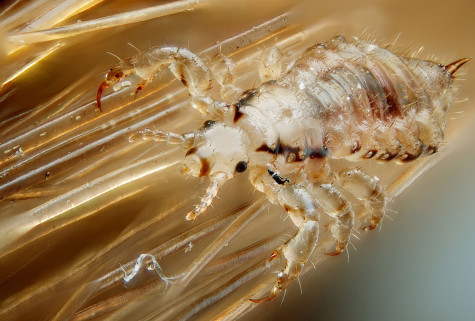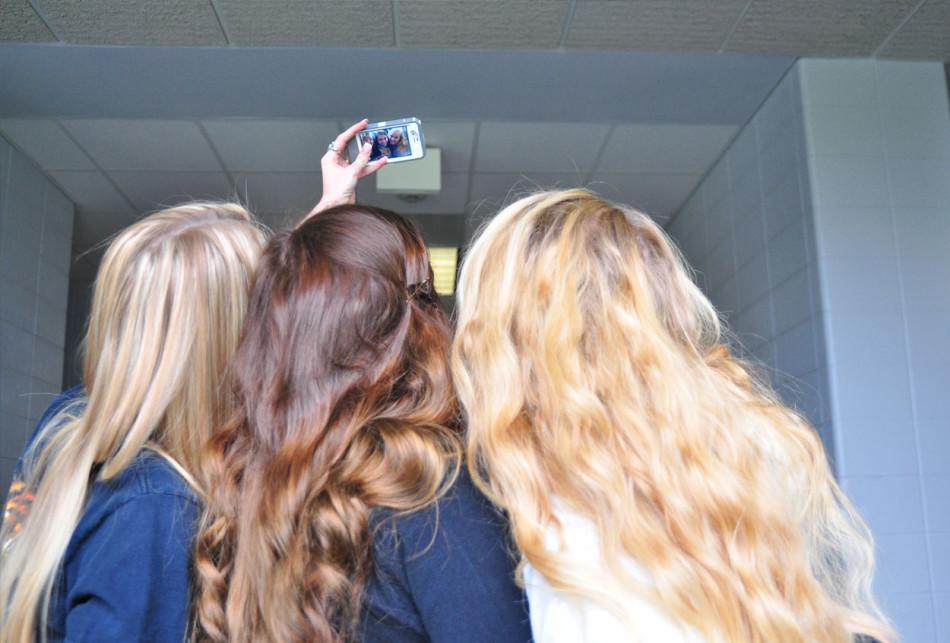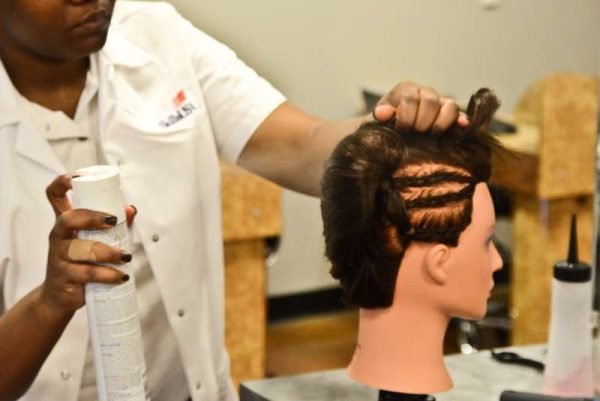Capturing more than memories
A recent study shows that selfies lead to head lice
Three teenage girls pose for the camera, heads side-by-side, prepared to take a selfie. Throughout the years, this method of capturing memories has become increasingly popular.
Mary McQuillian, lice-treatment expert, reports that taking selfies has proved to be harmful because of the direct contact involved.
In a recent press release, McQuillian claims she has seen a dramatic increase in head lice. She claims this increase is caused by an uptick in selfie taking. Confident in her theory, she feels that teenagers should be aware of the effects of their actions.
“Head lice are spread through head-to-head contact,” she said. “Lice don’t jump or fly, so you actually have to touch heads. Every teen I’ve treated, I ask about selfies, and they admit that they are taking them every day.”
With 6 to 12 million cases of head lice breaking out in the U.S. each year as reported by the Center of Disease Control and Prevention, students are taking this epidemic seriously.

Better Medicine states that head lice have claws designed to cling to human hair, later huddling closer to the scalp for survival.
“I’m definitely going to be more careful when taking selfies now,” junior Heidi Rogers said. “If a person knows they have head lice, they should be cautious and stay away from others. I will continue to take selfies with friends because it’s a fun thing to do, but I’m going to use more cautious now.”
Sophomore Kristen Ast, feels that since head lice can be picked up in numerous ways, selfies should not be considered a problem. To her, as long as the student is cautious and aware of the person they are taking a selfie with, they have nothing to worry about.
“Taking selfies is just like borrowing a hat or a hair brush,” she said. “It’s one of the many ways to pick up head lice. The best way to prevent it is to be careful with who you trust. I only take selfies with my friends, so I’m not too concerned about being careful.”
Overall, students enjoy taking selfies, and feel that this epidemic will not change their attitude towards their pictures.
“I take selfies frequently,” Ast said. “It’s actually a big confidence booster for me, because I’m able to feel good about how I look. At the end of the day, I think that blaming the selfie for head lice is just an excuse for having head lice. There are several ways to get lice, and the biggest thing is just being careful.”






